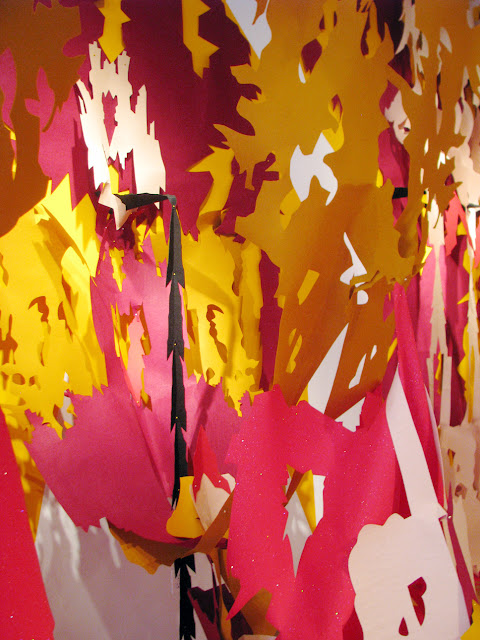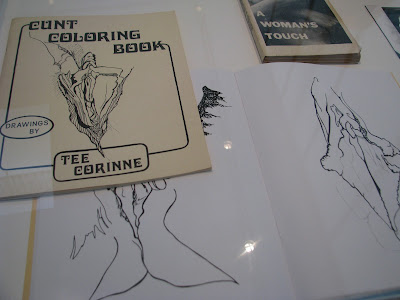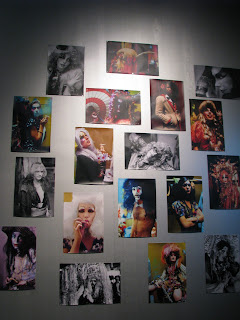Well, we finally made it to Denver’s newest major art museum. Designed as a one-man shrine to the hugely influential and yet largely elusive abstract expressionist, the Clyfford Still Museum opened with much fanfare in December.
 |
| Clyfford Still Museum |
Though it feels a bit irreverent to poo-poo any development
in Colorado’s art offerings, we must admit that we have consciously put off
this visit as long as we possibly could in hopes that we might be able to avoid
publicly airing our less than enthusiastic sentiments. Trust us, these thoughts do not come without a
great deal of guilt; and here we must confide that we are looking over our
shoulders and whispering nervously like children hatching an evil scheme as we
write. It’s not that we aren’t excited
to have a large, expensive, and well-hyped new museum in town. And, we certainly don’t HATE the thing-
especially not the way that 36 year-old Carmen Tisch does. In early January, Tisch was arrested at the
museum after causing $10,000 worth of damage to a large iconic painting titled “1957-J-No. 2” by beating it with
her fists and then pulling down her pants and rubbing her behind against the
canvas just before falling on the floor and urinating on herself. Wow- now that’s some hate!
 |
| Clyfford Still, 1957-J-No. 2 |
No, no, we certainly don’t hate it. Maybe it’s best to say that the whole thing
just leaves us feeling a bit ambivalent. Still is unarguably one the most important
American artists. He played an instrumental
role as an early pioneer of Abstract Expressionism, the art movement that put
American artwork on the map in the 1950s and that contributed greatly to the
creation of a distinct American artistic identity in the post-WWII period. Still began developing his iconic style early
in the development of the Ab-Ex movement and his large color-field paintings rival
in beauty and importance those of Mark Rothko, Barnett Newman, and Hans
Hoffman.
Despite its historical importance and theoretical
contributions to subsequent art movements, Abstract Expressionism has long been
criticized by feminist and post-colonial critics for its elitist and
patriarchal perspectives; and much writing has been dedicated to the machismo
displayed by many of its male practitioners.
In many respects, Still may have lived up to the elitist and pretentious
stereotype of the male Ab-Ex artist. Despite
his influence, Still became critical of the commercial art world soon after his
rise to prominence and remained throughout his life fairly isolated from the
larger Ab-Ex movement. He was extremely
selective in showing and selling his artwork; only allowing about 6% of the
work to ever be sold, and refusing to participate in any public exhibitions
between 1952 and 1959. He also became
increasingly insistent that his artwork should only been seen in highly
specific contexts; and especially insisting that his paintings be seen solely
with other Clyfford Still paintings.
Upon his death in 1980 Still’s estate, which contained
approximately 94% of his life’s production, was closed off to researchers and
the public. His will stipulated that the
estate would be gifted to any city that would build a museum dedicated to the
research and display of solely his artwork.
All of this leaves us in a bit of a conundrum. Should the extraordinary emphasis that Still
placed on the viewing context of his artwork be seen as the manifestation of a self-indulgent
megalomaniac or as a brilliant precursor to contemporary concerns with
immersive environments and site-specificity?
While Still’s work certainly has historical importance, does his work
have enough contemporary relevance to merit the enormous financial investment
that was required to realize this project?
And finally, while the museum holds an enormous collection, how long can
a museum that displays only one man’s artwork really keep the viewer’s
attention? If you are a lover of Clyfford
Still’s work, perhaps indefinitely; otherwise, maybe a visit or two will
do.





















